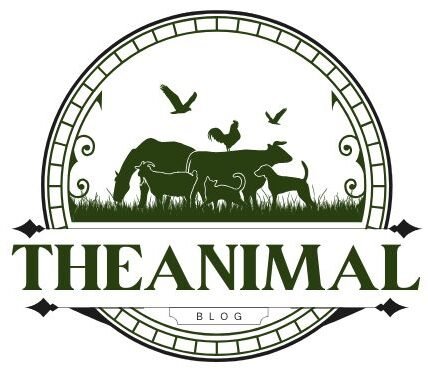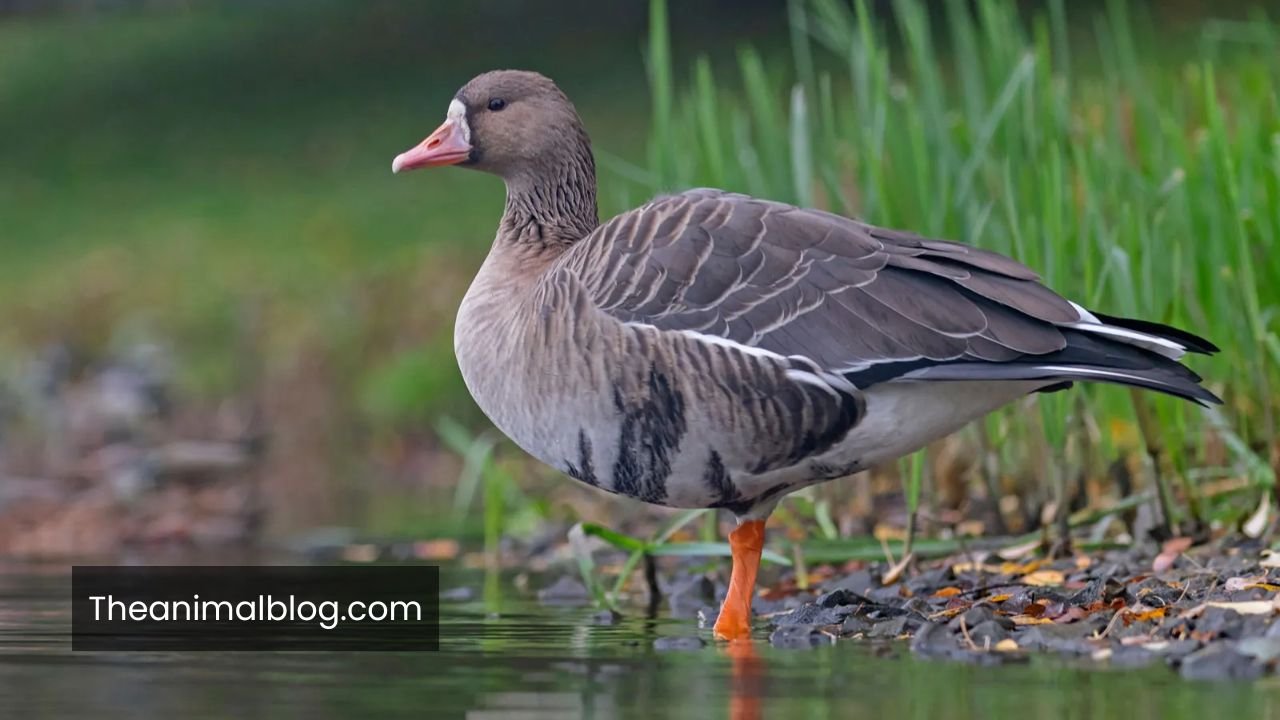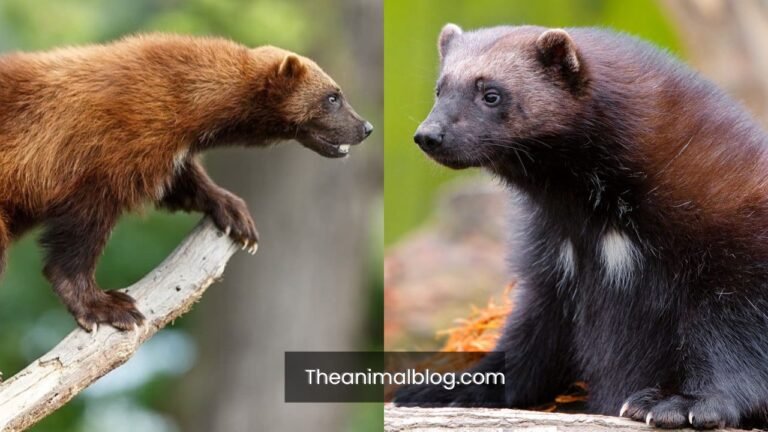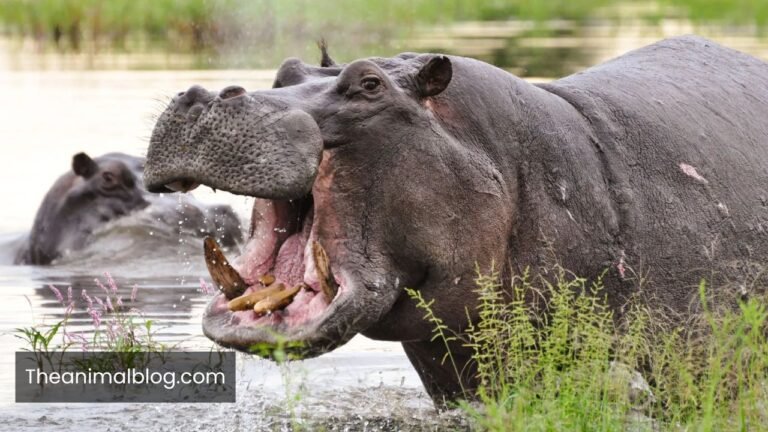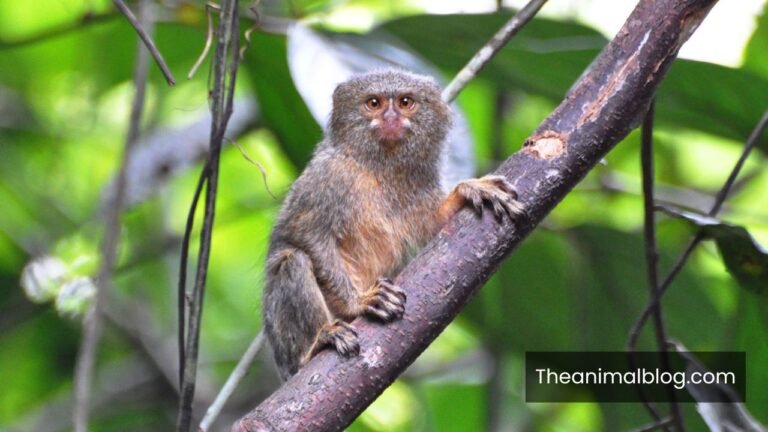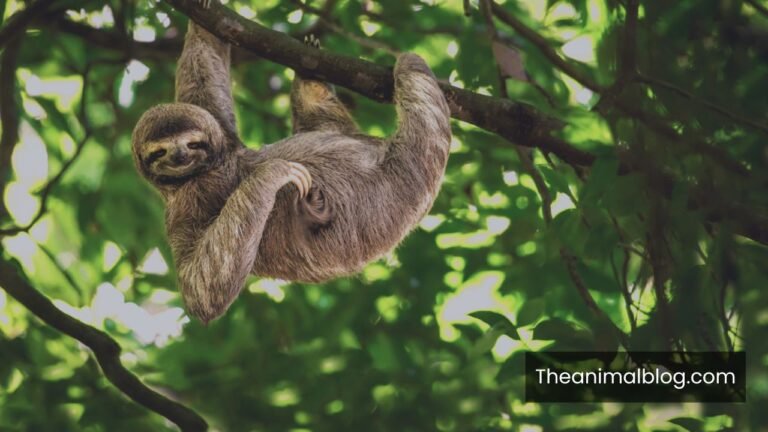Explore Top Interesting Facts About Goose vs Geese
Have you ever wondered why we refer to a single bird as a “goose” but multiple birds as “geese”? This seemingly simple distinction opens up a captivating discussion about the characteristics and behaviors of these aquatic creatures. In this article, we’ll explore a range of interesting facts about goose vs geese that will not only clarify any confusion but also enhance your understanding of their importance in biodiversity. Get ready to uncover surprising insights that may just change the way you view these feathered friends!
Goose vs Geese
The terms “goose” and “geese” often trip up even the most seasoned birdwatchers, yet they offer a fascinating glimpse into the nuances of language and nature. A goose, singular in form, can evoke images of a solitary bird gliding gracefully across a serene pond or honking loudly as it takes flight.
The plural “geese” conjures up visions of a lively gaggle, their collective chatter filling the air with an unmistakable sense of community. This distinction not only highlights the beauty of English grammar but also reflects the social dynamics inherent in these waterfowl.
Beyond their linguistic differences, geese are intriguing creatures with rich behavioral patterns. While a single goose might represent independence and resilience, a group of geese showcases teamwork and cooperation, especially during migration. Their famous V-formation is a testament to the strength found in unity; by flying together, they conserve energy and enhance their travel efficiency.
Observing these birds in their natural habitat offers profound lessons on collaboration, whether in nature or human endeavors. So next time you spot a lone goose or a flock of geese, take a moment to appreciate not just the beauty of these birds, but also the deeper connections they symbolize.
Geese vs Goose Nesting Behaviour
When observing the nesting behavior of geese, one cannot help but appreciate the nuanced differences that arise between species and even individual pairs. While a single goose may display a solitary nesting approach, often preferring to create a secluded nest lined with down and grasses, the dynamics of a gaggle can add a layer of complexity.
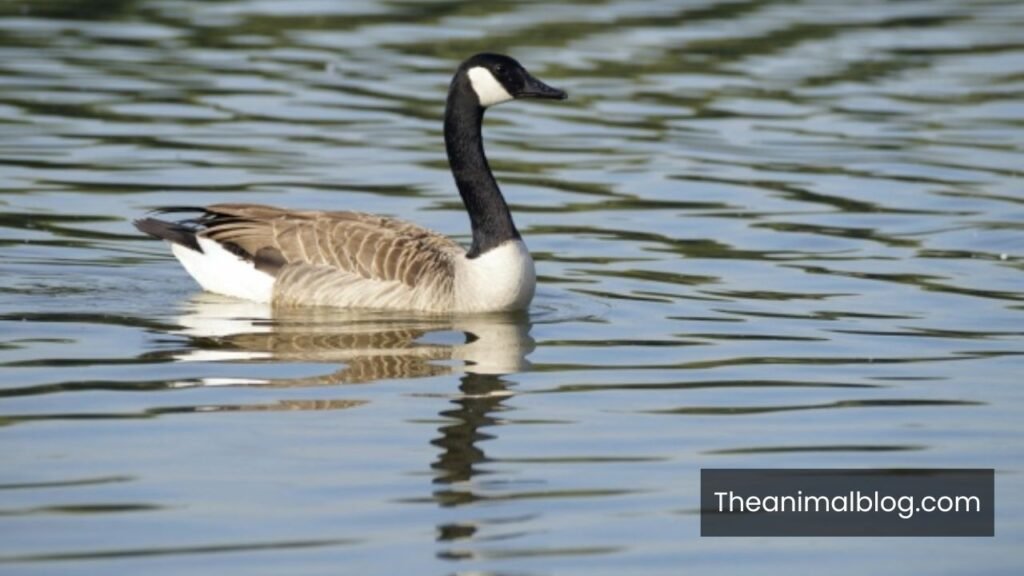
In many cases, social geese will form loose colonies, allowing for a unique blend of cooperation and competition as they defend their nests against predators. This communal aspect not only enhances protection but also facilitates the sharing of resources, such as prime nesting locations near water bodies.
The choice of nesting sites reveals much about their adaptability and environmental awareness. Canada geese, for example, often opt for sites close to human developments, leveraging the relative safety from natural predators while benefiting from the abundance of food sources nearby.
Other species like the Greylag goose may select more remote and traditional habitats, reflecting an instinctual adherence to ancestral nesting practices. This divergence highlights how geese are passive participants in their environment and are actively shaping their reproductive strategies based on ecological cues and social interactions.
As we delve deeper into these behaviors, we uncover a rich tapestry of instincts, adaptations, and community dynamics that define the fascinating world of geese.
More Post: Top 9+ Animals That Are Sneaky (With Pictures)
Geese vs Goose where they live
When considering the habitats of geese and geese, it’s essential to understand the context of their environments. Geese, as a collective term, refer to various species within the Anatidae family, commonly found in a range of ecosystems from wetlands to grasslands.
They thrive in temperate regions across North America, Europe, and Asia, often migrating seasonally to find optimal feeding grounds. These migratory patterns showcase their adaptability and also reveal how human encroachment on natural habitats impacts their behavior and survival.
In contrast, the term “goose” typically refers to a singular bird within this group, highlighting the unique characteristics of individual species. For instance, the Canada Goose is renowned for its resilience and ability to inhabit urban areas, where it has become a common sight in parks and golf courses.
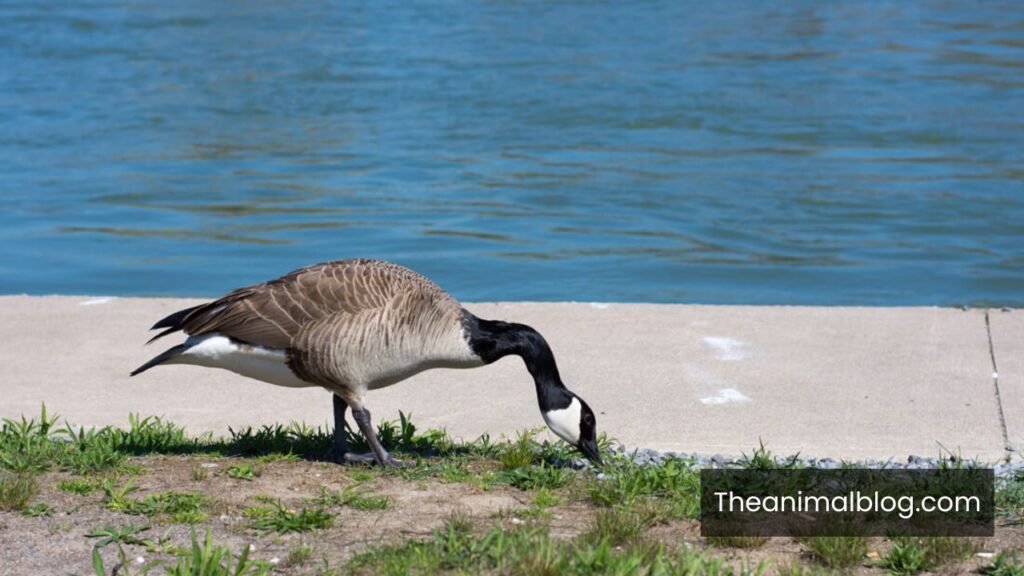
This adaptability poses intriguing questions about wildlife management and urban ecology, as these birds navigate human-dominated landscapes while maintaining their instinctual behaviors. Observing how geese and goose interact with their environments opens up a dialogue about conservation efforts, emphasizing the delicate balance between nature and urban development.
What’s the difference between a goose and a geese?
The distinction between “goose” and “geese” might seem straightforward at first glance, but it opens up a fascinating glimpse into the quirks of the English language and the behavior of these waterfowl. “Goose” refers to a single bird, often characterized by its long neck, distinctive honk, and graceful swimming abilities.
In contrast, “geese” is the plural form, encompassing a group of these birds that often display remarkable social dynamics. Watching a gaggle of geese interact can reveal their strong familial bonds and hierarchical structures, showcasing an intriguing aspect of their social behavior.
The difference extends beyond mere linguistics. While a lone goose may symbolize solitude or independence in literature and culture, a flock of geese embodies community and teamwork.
These birds are known for their migratory patterns, traveling in V-formation to optimize energy use — a striking metaphor for collaboration that resonates with human endeavors. Understanding this nuanced difference not only enriches our vocabulary but also deepens our appreciation for the natural world and the lessons it imparts about unity and survival.
Is a geese a duck?
While geese and ducks both belong to the family Anatidae, they are distinct creatures with unique characteristics that set them apart. Geese are generally larger, with longer necks and a more pronounced honking call, while ducks tend to have shorter necks and quack more melodically.
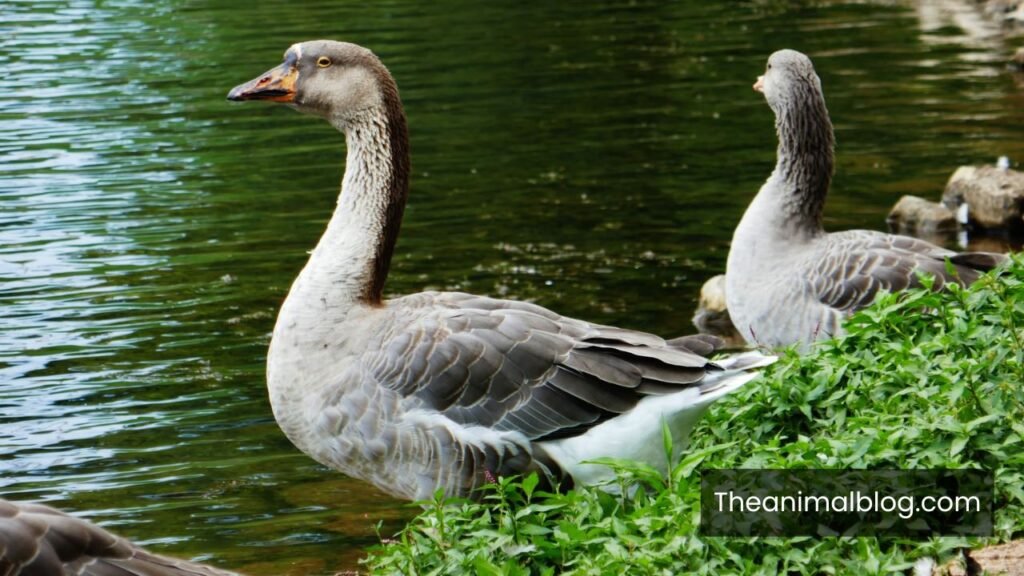
This difference in size and vocalization reflects their varied lifestyles and habitats; geese often prefer open landscapes for grazing, whereas ducks thrive in diverse aquatic environments.
The social dynamics of geese can also differ significantly from those of ducks. Geese are known for their strong family bonds and migratory behavior, often traveling in cohesive family groups during migration. This loyalty is not just heartwarming; it plays a crucial role in their survival, as they rely on one another for guidance and protection.
Ducks, on the other hand, exhibit more independence, often forming loose flocks that may change frequently. This distinction highlights the fascinating ways in which these birds have adapted to their environments, showcasing the rich tapestry of avian life within the Anatidae family.
Final Words
The distinctions between “goose” and “geese” extend beyond mere grammar; they reflect fascinating aspects of avian behavior and social structures. Understanding these differences can enhance our appreciation for these remarkable birds, whether we encounter them in the wild or in our local parks. From their migratory patterns to their honking communication, geese play an essential role in ecosystems around the world. By exploring these interesting facts, we can foster a deeper connection with nature and contribute to the conservation of these species. So next time you spot a goose or a flock of geese, take a moment to observe and appreciate their unique characteristics!
Read More: Explore Top 12 Most Anxious Animals In The World (With Pictures)
FAQs
What is the difference between a goose and a goose?
The question may seem perplexing at first, but it invites us to delve into the nuances of language and context. When we refer to a “goose,” we are often speaking about the common waterfowl belonging to the family Anatidae, characterized by their long necks, webbed feet, and distinctive honking calls. The term can also encompass various species of geese, each exhibiting unique traits that differentiate them from one another.
How do geese communicate with each other?
Geese are vocal creatures, employing a rich array of honks, quacks, and whistles to convey messages. Their complex communication system facilitates social bonding and coordination during migration, ensuring the flock remains united in their journey.
What are some common myths about geese?
One prevalent myth is that all geese are aggressive. While they can be protective, especially during nesting season, their behavior largely depends on the situation and how they are approached. Understanding their natural instincts dispels many misconceptions about these remarkable birds.
